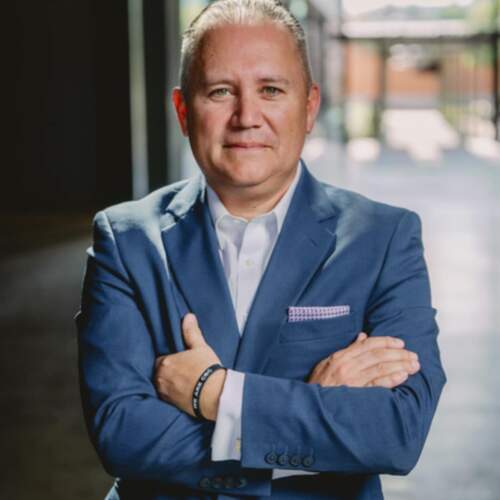Effectiveness: It’s a lot to do with change; so does change make you or ?
Effectiveness: It’s a lot to do with change; so does change make you 😊 or 😔?

This is a reprint of a classic blog I wrote in December 2019 when I first started Shiageto Consulting
In my previous blogs I began to explore a bit more about personal, team and business effectiveness. Moving the conversation on a little, I’d like to talk about change: one of the key drivers of effectiveness is an individual’s ability to deal with change.
It doesn’t matter what drives that change; it could be good news, bad news, a new job, a new team, a new Technology, a new country, a new office, a new process, heck even just new teabags in the kitchen….there are a lot of things that can instigate change.
Common thinking is that as soon as we experience change we go through what is known as the change curve (despite what you may think this is not what I do when I get dressed every morning).
This model outlines that an individual’s morale, energy or performance is usually negatively thrown once they get hit by change (and they go through various emotions) and only returns once they begin a period of acceptance and adaptation to the change.
So, how is that linked to effectiveness I hear you ask?
Well, the most effective individuals are those that can get through the change curve as quickly as possible, thus limiting the amount of time they are performing sub-optimally.
This may sound simple enough and you may think, “yeah, my performance doesn’t dip with change” or “ok, I’ll just force myself to accept the change quicker” but these are at best, hard to achieve, and at worst, false statements.
At Shiageto, we have worked with thousands of individuals and hundreds of organisation to help them be more effective and we have learnt a few things about getting through this change curve.
If you want to become more effective then here are five of our top tips on how to navigate the change better and get through it as quickly as possible:
Know yourself better – analyse and get to understand your natural reactions to when things change. Write these down, validate them and come up with ways to overcome them (so if you find you get defensive very easily then practice techniques like counting to 10 before responding, etc.). Don’t just do this for negative change, also assess how you respond to positive change
Reflect on similar situations – try and draw parallels to other times a comparable change occurred, how you handled it and how things ended up (you’ll soon realise the old mantra “This too shall pass”)
Try to stay positive – the more you can look at change as glass half full rather than glass half empty then the better you will be armed for the change curve
Celebrate you success – recognising that change is painful and that you’re doing something new is half the battle. Actually then applauding and rewarding yourself for your progress can make the stickiness of the change even greater (like treating yourself to a new outfit for sticking to a new Exercise habit)
Help others through the change – not only will this help improve the wider team/business effectiveness but studies have shown that having to lead others in periods of change can accelerate your own adoption to it
Even with these tips it won’t be easy (when is anything ever) but we assure you, try them out, get through the discomfort of some change to how you handle change and you’ll be pleasantly surprised at the impact it has on your effectiveness.
Once you have, we’d love to hear how you get on with that pesky change curve.
Faris is the CEO and Founder of Shiageto Consulting, an innovative consultancy that helps firms and individuals sharpen their effectiveness. Connect with him here
Success = IQ x EQ x FQ
Want to assess your levels of IQ, EQ, and FQ? Click here
![]()

























